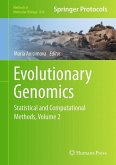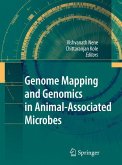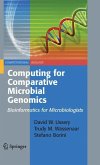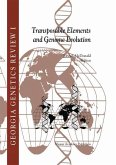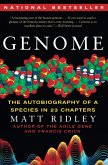Fungal comparative genomics started in 2000 by the genome sequencing of several yeast species other than the canonical Saccharomyces cerevisiae. Since then, over 30 fungal genome sequences have become available. This set represents a total evolutionary divergence comparable to that between vertebrates and arthropods, but also contains closely related genomes.
This volume describes how we can use this set of genomes to trace large and small-scale events in genome evolution, to extract information about highly conserved and less conserved sequence elements, and to develop novel methods in genomics that will have an impact on genomics at large.
This volume describes how we can use this set of genomes to trace large and small-scale events in genome evolution, to extract information about highly conserved and less conserved sequence elements, and to develop novel methods in genomics that will have an impact on genomics at large.
From the reviews:
"The decision to publish a text for such a rapidly changing field as that of molecular biology; in general, and for fungal genomics, in particular, cannot have been an easy one. ... this book certainly succeeds as a 'starting kit' and one which, hopefully, will encourage more researchers to get involved in this field." (A. Buddie, BMS, Vol. 12 (3), 2007)
"The decision to publish a text for such a rapidly changing field as that of molecular biology; in general, and for fungal genomics, in particular, cannot have been an easy one. ... this book certainly succeeds as a 'starting kit' and one which, hopefully, will encourage more researchers to get involved in this field." (A. Buddie, BMS, Vol. 12 (3), 2007)


